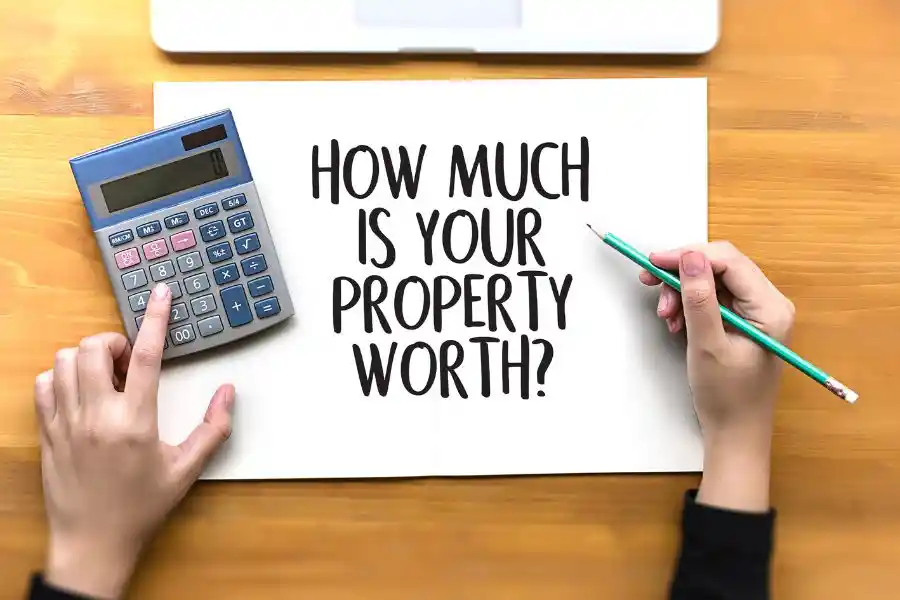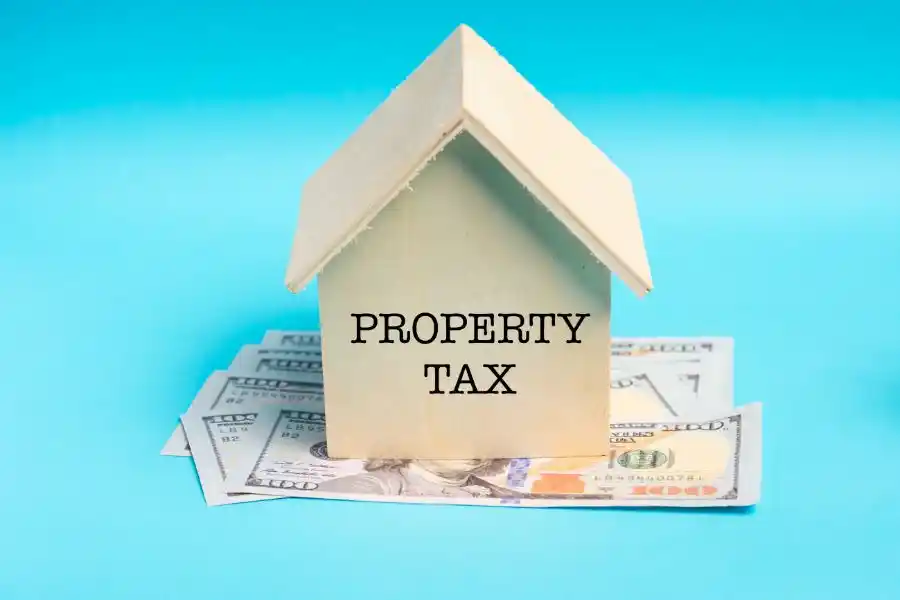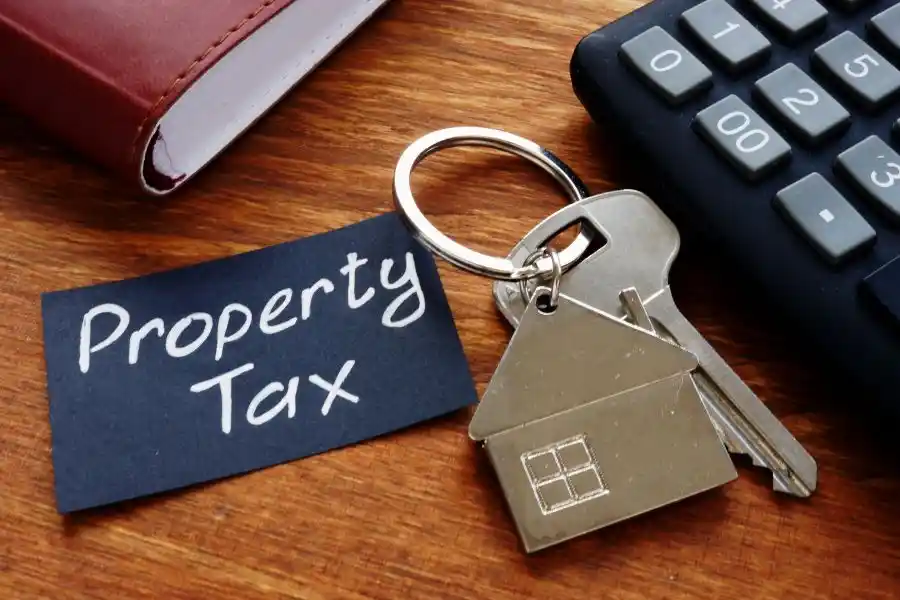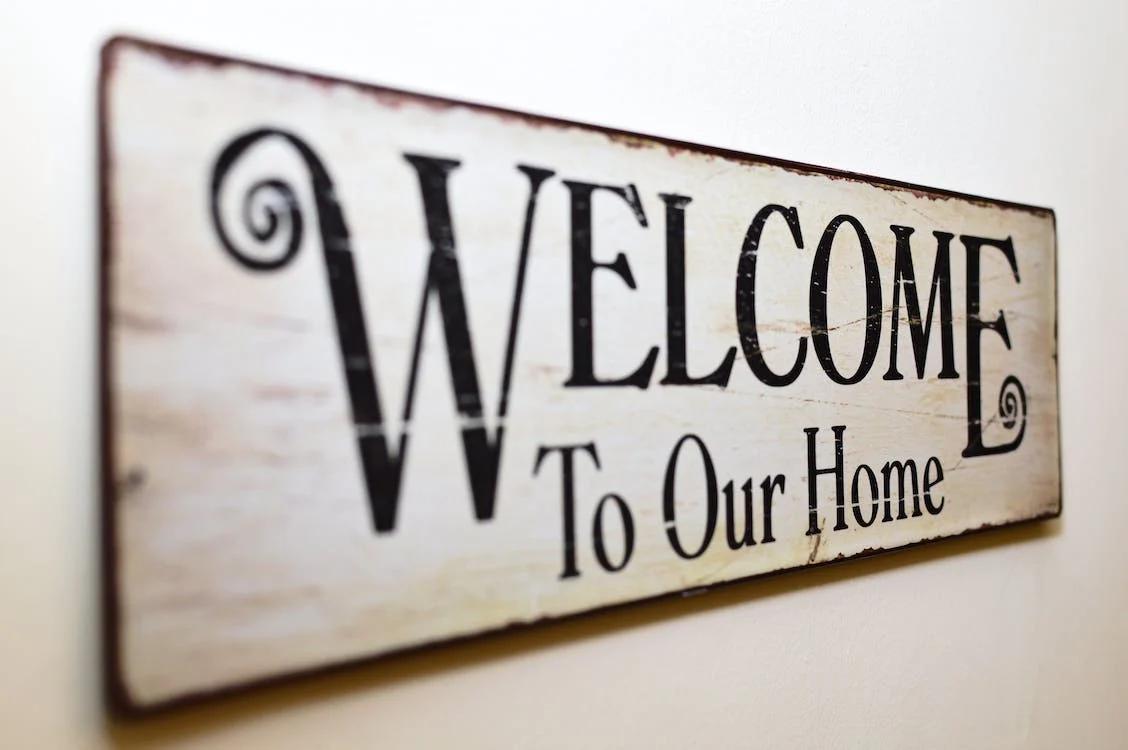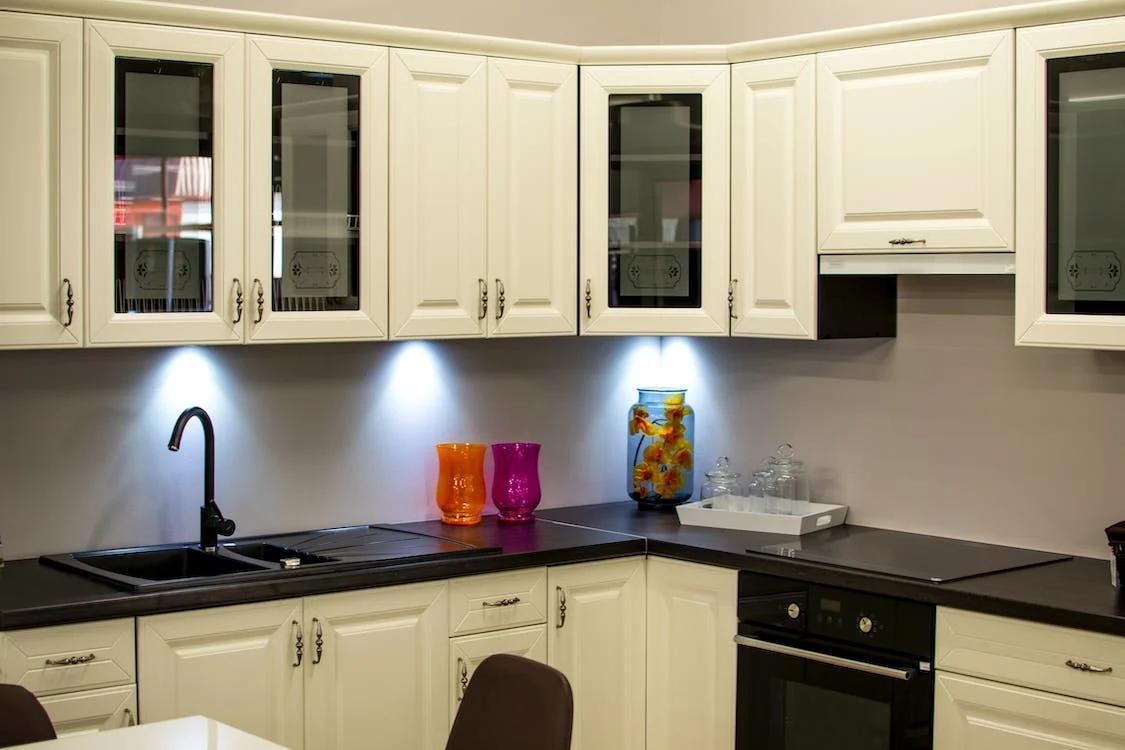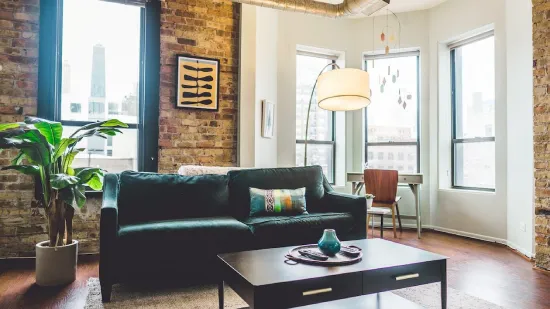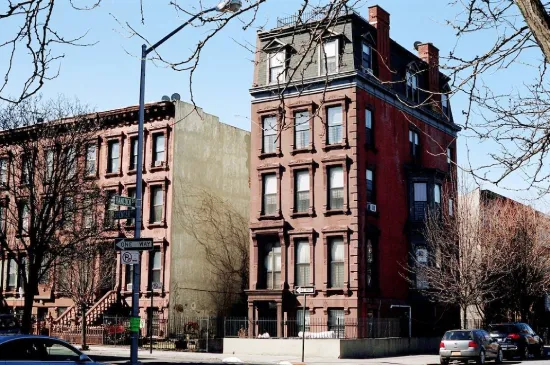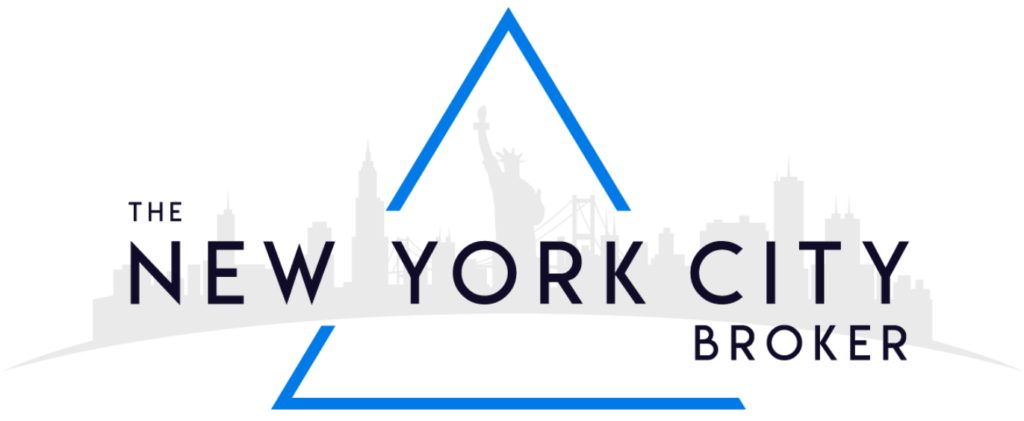A real estate investment generates value for an investor in three forms:
Rental Income: If you lease your property out to a tenant (or multiple tenants), you will develop a consistent income stream.
Appreciation: Most investment properties appreciate in value over time. So you can turn in a profit by simply buying and holding an investment property for an adequate amount of time and then reselling it.
Depreciation: The IRS allows real estate investors to claim property depreciation on their taxes. The tax laws allow residential properties to be depreciated over 27.5 years and commercial properties over 39 years (straight-line depreciation). You can claim about 2.56% of the value of the property (excluding the value of land) every year. So if your property is valued at $2 million (excluding the land), you can claim depreciation of about $52,800. It can be used to offset the income from the property itself or income from your other investments, essentially increasing your profits.
It’s important to keep in mind that while depreciation is a significant financial benefit, you have relatively limited control over it. Your goal should be to look for the property that offers you the best combination of rental income and appreciation potential, but these two are not the only factors that would influence the purchase of your first investment property in New York.
Choosing The Right Property Type
For this guide, we are looking exclusively into commercial properties. There are multiple types of commercial properties in New York that you can invest in, and each comes with its own strengths and weaknesses. Some of the factors that might influence your choice of the investment property type (commercial) are:
- Cost
- Maintenance needs
- Inventory
- Return on Investment (ROI) potential
Therefore, it would be a smart idea to analyze different property types from these lenses. It’s important to note that even though there are several different commercial property types (including agricultural properties), not all of them are viable options for investors in New York. The four most relevant types are:
Office Properties: Office properties range from single units to entire buildings and may fall into one of three classes (A, B, and C). Properties with the best conditions and location fall in Class A, whereas older office properties in need of repair that are in relatively undesired locations are classified as Class C. The cost can range anywhere from a few hundred thousand to several million dollars, so there might be something for all investors. The inventory is relatively limited (a few hundred at most) and is heavily concentrated in Manhattan, then Brooklyn. The maintenance needs might be limited since offices are mostly used for white-collar business activities, resulting in minimal wear and tear. As for ROI, the median sales price (per square foot) for office space has been fluctuating for the past four years rather than going up at a steady pace. Remote and hybrid working conditions are reducing businesses’ need for office space, and it’s a trend that may continue, which may result in minimal price appreciation in the future. The median rent (in Manhattan) has gone up from $62 to $82 per square foot.
Retail Properties: Retail properties in New York mostly include stores, showrooms, etc., but we are expanding this category to include restaurants as well. Based on the current listings, the bulk of retail properties falls in the price range between $600,000 and $3,000,000. The maintenance needs of these properties depend upon the business that’s occupying the space. Food-related retail properties (where food is prepared on-site) may require more maintenance than jewelry shops or boutiques. These spaces can be found in almost every New York neighborhood, but the bulk of the inventory is in Manhattan and Brooklyn. The value of retail properties may be tied to multiple factors, including the economy. When the economy is strong, and people are spending freely, businesses expand, and there is a high demand for retail properties. The opposite happens in a weak economy. The rent is driven by factors like location and visibility, but in most areas, the standard direction for rent is upward.
Industrial Properties: Industrial properties that are used for heavy industry and manufacturing are rare and mostly out of reach for New York investors, but there are several other industrial property types, like flex space (office and industrial property combined), warehouses, and logistics properties can prove to be compelling investment properties. The cost is usually in the millions, and they may require routine maintenance. The inventory is smaller than office or retail properties, and the ROI can be comparable to office properties.
Multi-family Properties: Multi-families with more than four units are considered commercial properties. The cost of these properties is usually in the millions, though you might also get a mortgage for a multi-family investment property, especially if you will be living in the property as an owner-occupier. Like most residential properties, multi-families require constant maintenance since people constantly occupy the property, contributing to maximum wear and tear. You can find a lot of options in Brooklyn and Queens. It’s the only category of commercial investment properties in New York where Manhattan falls behind the other boroughs. Unlike other commercial properties, multi-families are almost always in demand and experience a relatively steady rise in value.
It’s important to keep in mind that in the case of commercial properties like office, retail, and industrial, you can pass on the maintenance responsibility to the tenant through a triple net lease (NNN).
Each property type has its own strengths and weaknesses and market dynamics that have to be taken into account before you make an investment decision.
Importance Of Location, Age, And Condition
Location, age, and condition are factors that impact almost all investment properties, regardless of the type.
Location is perhaps the most impactful of the three. A good location can significantly expedite the speed at which the value of your property grows. You may also be able to command a higher rent if it’s in close proximity to major commercial and transportation hubs. There are type-specific benefits as well. Location is one of the factors that determine whether an office property will be classified A, B, or C. Retail properties in locations that get a lot of footfall are more desirable. Industrial properties that are close to major roads are coveted. As for multi-family properties, the neighborhood and school zone a property is in can significantly increase its value.
Age is a tricky variable when it comes to assessing investment properties in NYC. A property should be evaluated based on both its age and condition. An old, well-preserved multi-family property that’s in good condition may command a higher price or rent compared to its newer counterparts in the same neighborhood because it possesses more character. The same doesn’t apply to other commercial property types, but usually, condition trumps age. A six-decade-old property that has recently been renovated might be in a better condition compared to a ten-year-old property that isn’t properly maintained.
Cap Rate and ROI Calculation
Buying an investment property in NYC (or anywhere else) requires you to learn to run some numbers in order to identify profitable properties, starting with Net Operating Income (NOI).
The primary formula for NOI is:
Net Operating Income = Gross Income – Operational Expenses
Gross income is quite easy to calculate. It’s the rent/lease income you generate from your tenant. If you lease your commercial property out for $10,000 a month, your yearly gross income would be $120,000.
Operating expenses or operational expenses include the following:
- Maintenance and repair costs that you cannot pass on to the tenant.
- Property taxes and insurance.
- Utilities that the tenant is not responsible for.
- Vacancy losses.
Let’s assume you charge your tenants about 75% of the maintenance costs and the rest (25% is your responsibility). If the total yearly expenses are $60,000, you will be liable for $15,000.
Let’s say the taxes, insurance, and utilities come to another $15,000 for the year, and you didn’t suffer a vacancy loss for the year. Your NOI will be:
Net Operating Income = $120,000 (yearly rent) – $30,000 (total expenses) = $90,000
If your property was vacant for just one month ($10,000 loss), it would bring your NOI down to $80,000.
Cap Rate
NOI is used to calculate the cap rate of a property, which is a quick calculation of its income-production potential.
Cap Rate = (NOI/Property Price) * 100
So if a property’s yearly NOI (with no vacancy loss) is around $90,000 and it’s listed for $2 million, its cap rate would be 4.5%. This is a quick estimate/calculation that allows investors to compare different properties for their income potential. It may even be used to compare a real estate investment opportunity to a different income-producing investment like dividend stocks. However, in any such comparison, the tax benefit of depreciation should be taken into account. If the land in that $2 million dollar property is valued at $600,000 and you are allowed to depreciate the other $1,400,000 in the next 39 years (or 2.56% a year), you will not be paying any tax on the first $35,840 of your income.
From Cap Rate to ROI
Cap rate only informs you about one segment of your overall Return on Investment (ROI). You also need to take the capital appreciation potential of the property into account to get the full picture.
Let’s say there are two $1 million commercial properties that you can purchase. One is a retail property that offers a 4% cap rate, and the other is a multi-family that offers a 3% cap rate. However, the office property (based on past data) is only expected to appreciate by about 5% a year, whereas the price of the multi-family might go up 7% every year. So the multi-family will be more valuable over time. However, you don’t see the profits until you sell the property.
Having the full picture of the ROI and understanding what’s more important to you – income now or profits later, can help you make an educated decision about buying your first investment property in NYC.
Inspection and Evaluation
Evaluating your first investment property in NYC is more than just about running the numbers based on past data and current comps (comparable properties). You also have to inspect the property and identify any additional upfront costs the property might require to reach its full potential. Relatively few investment properties might be ready to lease as they are and may require some uplifting and renovations so they can fetch top rent. These are expenses that you may not be able to pass on to the seller. Still, a major step in evaluating the properties that you have shortlisted, based on the numbers, is an inspection.
You have to analyze the building for any major structural flaws because they might be too costly to fix or to ask for credit. The building owner should lower the property price enough to account for these flaws, but if they don’t, you may have to negotiate a lower price after inspection. A proper inspection will also include the HVAC system, electrical/mechanical elements, plumbing, etc. You should learn to identify major problems on your own because if these issues are revealed in the latter stages of the deal, backing out may cost you in lost time that you could have spent on a better property. For commercial properties like retail and industrial, parking space and access are also major points of consideration. For restaurants, the general cleanliness of the area can also have an enormous impact.
A simple rule of thumb here would be to focus on things that you can’t change (without a substantial investment). If you can get the seller to drop the price enough to fix such problems, you can go ahead with the purchase, but if you can’t, moving on to a different property may be a more prudent move.
One more factor to consider is any major developments in close proximity to the property. A retail store might suffer if a major retail chain moves into the area, but it might benefit from a development that might increase foot traffic in the neighborhood.


